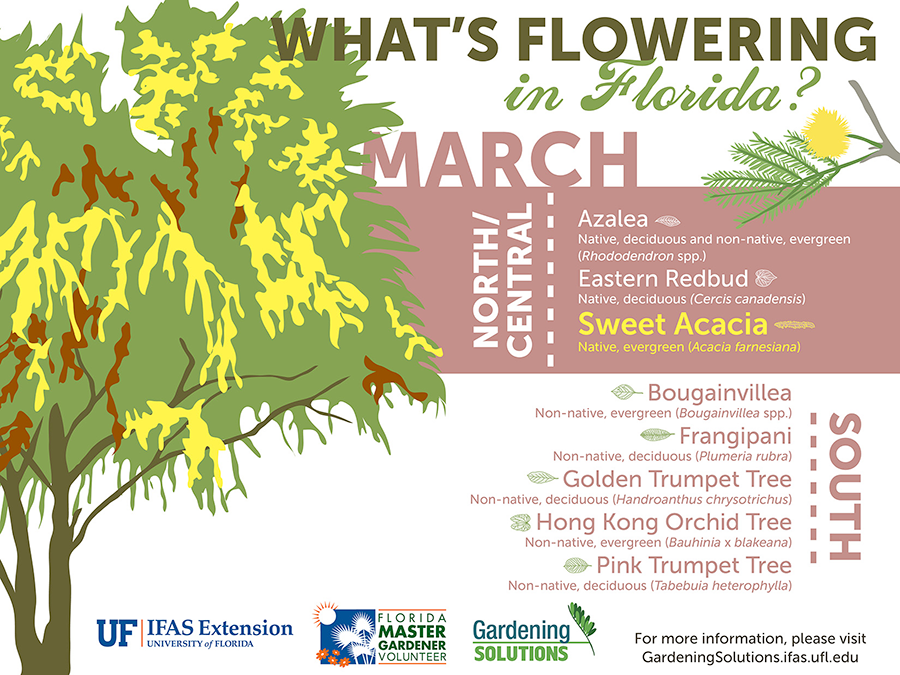The Ecological Results Of Reducing Trees: Trick Insights You Need To Take Into Consideration
The Ecological Results Of Reducing Trees: Trick Insights You Need To Take Into Consideration
Blog Article
Article By-Willard Cochrane
When it comes to the environmental influence of tree elimination, there are crucial facets that demand your attention. From the elaborate web of relationships within ecosystems to the subsequent impacts on environment patterns, the consequences are profound. You may be shocked to uncover the detailed methods which the elimination of trees can resound throughout the setting. Stay tuned to unwind visit the next document detailed links and ramifications of this seemingly straightforward act.
Logging and Environment Loss
Logging and habitat loss are crucial concerns stemming from tree elimination. When trees are lowered, it interferes with whole communities. Not just are the trees themselves lost, yet the homes and food sources of plenty of plant and animal varieties are damaged too. Birds lose their nesting websites, creatures lose their shelter, and insects shed their environments. The impacts ripple through the food chain, affecting killers and prey alike.
Additionally, logging adds to climate change. Trees play a crucial function in absorbing carbon dioxide, a greenhouse gas that catches warm in the ambience. With less trees, there's much less carbon dioxide absorption, leading to boosted degrees of this gas in the environment and worsening international warming.
Environment loss is a straight result of logging, as the damage of forests implies the loss of unique and diverse environments. Many types are not able to adapt to rapid changes in their environment, causing population decreases and, sometimes, extinction.
Safeguarding forests is essential to keeping the fragile equilibrium of nature and making certain the survival of countless plant and pet types.
Influence on Biodiversity
The removal of trees has a significant impact on biodiversity, impacting the selection and wealth of plant and pet varieties in an area. Trees offer habitat and food resources for various microorganisms, from insects to birds to creatures. When trees are removed, these varieties lose their homes and sources of nourishment, causing a decline in their populaces. This disturbance can have plunging results on the whole ecosystem.
Furthermore, trees play a critical function in preserving biodiversity by creating microhabitats within their covers, trunks, and roots that sustain a variety of types. When trees are reduced, these specialized environments are ruined, minimizing the general diversity of the location.
Additionally, the removal of trees can lead to a decline in genetic variety within plant populations, as particular tree varieties may no more have the ability to recreate or distribute properly. Shielding trees and woodlands is necessary for protecting biodiversity and ensuring the health and wellness of communities for future generations.
Dirt Erosion and Climate Modification
With trees being removed from a location, the disruption of soil structure and stability happens, causing boosted dirt erosion. Trees play an important role in protecting against disintegration by holding dirt in position with their origin systems. When trees are eliminated, specifically in multitudes, the dirt becomes a lot more susceptible to disintegration from wind and water. This disintegration not only impacts the prompt environments however can also bring about sedimentation in close-by water bodies, affecting water high quality and aquatic ecosystems.
Furthermore, trees assist manage the environment by taking in co2 throughout photosynthesis. When trees are lowered, this all-natural carbon sink is decreased, contributing to increased degrees of greenhouse gases in the environment. This can exacerbate climate modification, resulting in even more extreme weather occasions and disruptions in ecosystems worldwide.
Consequently, the removal of trees not just accelerates dirt disintegration however likewise contributes in the larger ecological problem of environment change. It's critical to think about these variables when assessing the impacts of tree elimination on the atmosphere.
Final thought
Now that you recognize the ecological influence of tree removal, consider the repercussions before lowering trees. Deforestation interrupts communities, decreases biodiversity, and adds to soil erosion and climate change. By bearing in mind the influence of tree elimination, you can aid shield our atmosphere and maintain the delicate equilibrium of nature. Make notified selections and think about alternative services to lessen the adverse impacts on our world.
